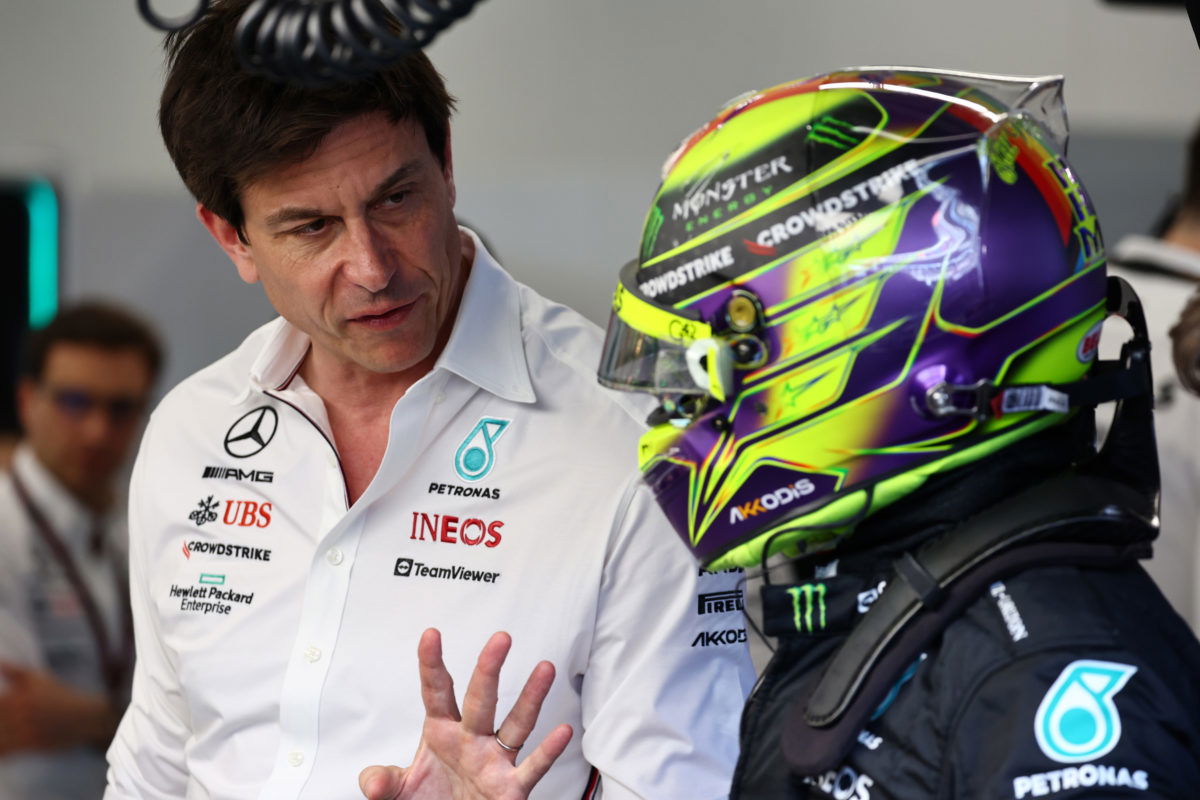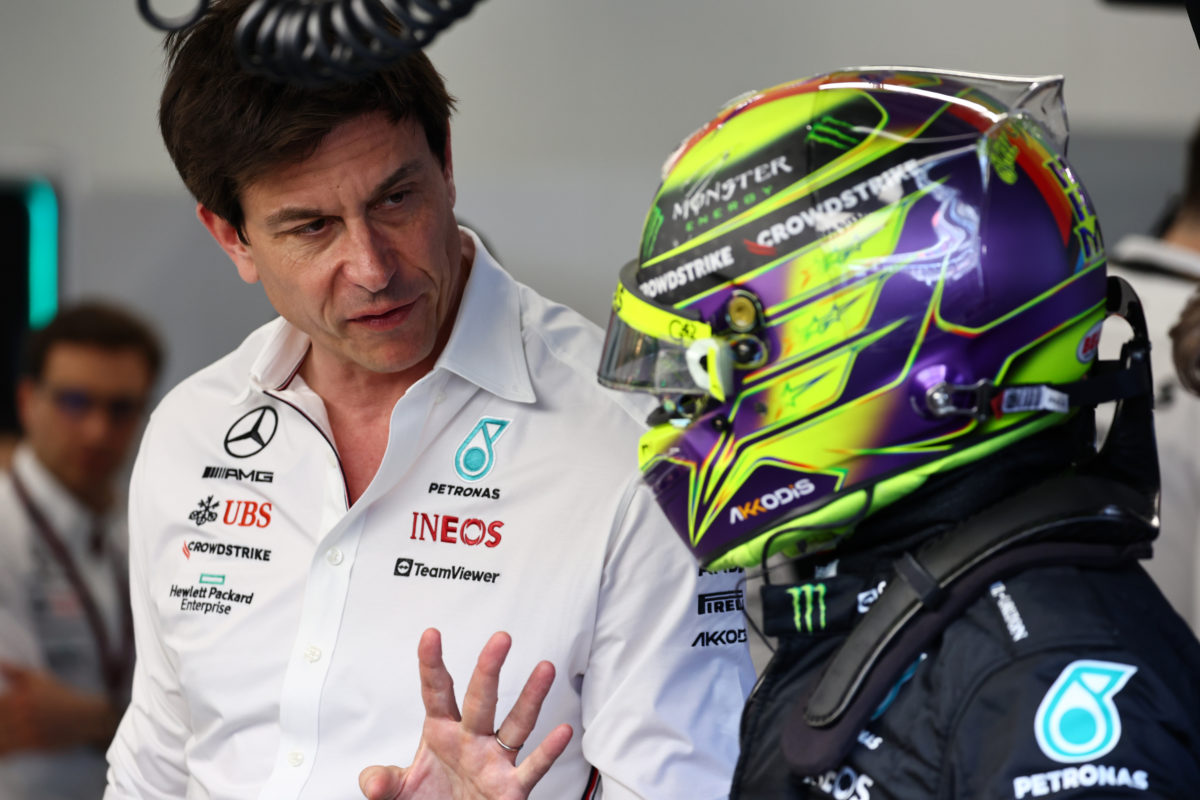

When Formula 1 introduced the sport’s first cost cap for the 2021 season, set at US$145 million, there was no doubt it was much needed.
Three teams, in particular, Mercedes, Red Bull and Ferrari were spending as if it had become an Olympic sport, and they were chasing a gold medal.
The price of whatever part was required was of little consequence. The word ‘no’ when requests were made was anathema to the win-at-all-costs attitude.
The flip side was the fact the teams at the back of the grid were in grave danger of going to the wall if the situation went unchecked.
At the end of last season, Haas team principal Guenther Steiner, along with Fred Vasseur and Jost Capito, then in charge of Alfa Romeo and Williams respectively, all stated that without the cost cap, their teams either would have gone out of business, or been very close to it.
For those at the front, they can no longer spend – and quickly – to either pull away from their rivals when leading the pack or to catch up when behind.
Every nut and bolt has to be accounted for, as Red Bull found to its chagrin last October when it was found to be in breach of the ’21 cap.
A number of factors were associated with the overspend, many of which it attempted to argue against as it tried to find loopholes to avoid a penalty.
The upshot was a fine of US$7 million, and more significantly, a 10 percent reduction in its allotted wind-tunnel time, already reduced following its first constructors’ championship triumph since 2013.
Suspension cost an unknown in the past – Wolff
In terms of the development of the cars, in particular, the teams have to box clever when it comes to determining what they can and cannot produce.
Without the cost cap, Mercedes would almost certainly have developed its way out of the hole it has found itself in since the introduction of new aerodynamic regulations at the start of last season.
Instead, the team has been forced to play a long, patient game, carefully picking its way through a financial maze, and counting every last cent to ensure it is getting value for money.
Team principal Toto Wolff has now highlighted the difficulties involved, not just for his team but for all those on the grid, and the dilemmas that are encountered for every person concerned in every department of his organisation.
“The cost cap gives us so many constraints,” said Wolff. “In the past, we wouldn’t even know what a front suspension costs.
“Today, we need to take the purchase price of the aluminium, then factor in how much it costs to machine, how much you need to write off from the aluminium you don’t need.
“You have to price up every bolt that goes into the suspension; the carbon that you bought as a raw material, then cut it and put it on.
“You also have to add in the energy costs of the composite room; the overheads that go into it, and in the end comes out the product.
“This is super complex. It’s gone so far that we have cost analysts and engineers that need to decide whether buying a kilogram of raw aluminium is worth the performance gain on the other side
“That process is so difficult and painful because people that are so creative and should have carte blanche to do something can’t because somebody is telling them whether or not it’s feasible in the cost cap (era).
“And that’s why it’s so important that everybody adheres to the cost cap because you’re overshooting every 10,000 metres.”
Time now also a factor
It is why, when a team decides to bring an update, it now takes so much longer to bring to the track than was previously the case.
Earlier this season, after seemingly writing off the campaign after the initial qualifying session in Bahrain, the team eventually discovered a development route to aid the performance of its W14.
A new floor and associated aero will be on the cars for the Emilia Romagna Grand Prix in Imola later this month.
In the previous spend-as-you-please era, they would have been on the cars much sooner
There is a time factor now involved, resulting in a by-product of this cost-cap world.
Wolff added: “It’s taking much longer because the administration is a process.
“Our finance department has grown from 15 to 45 people, and that’s quite sizeable.”
Wolff, though, is adamant the cost cap was, and is, crucial, and there is no way he would now run his F1 team without it.
“Again, I think the cost cap was necessary for Formula 1, and if you ask me ‘Cost cap – yes or no?’ I’ll take it every single day of the week because it’s important to make the sport sustainable.
“But we need to adapt, and as Mercedes, we have spent a lot of time and effort in being compliant to the cost cap and have all these assessments, tools and time clocking, and I mean, literally everything.
“That’s going to yield advantages for us going forward because others need to go through the painful process.”





















Discussion about this post